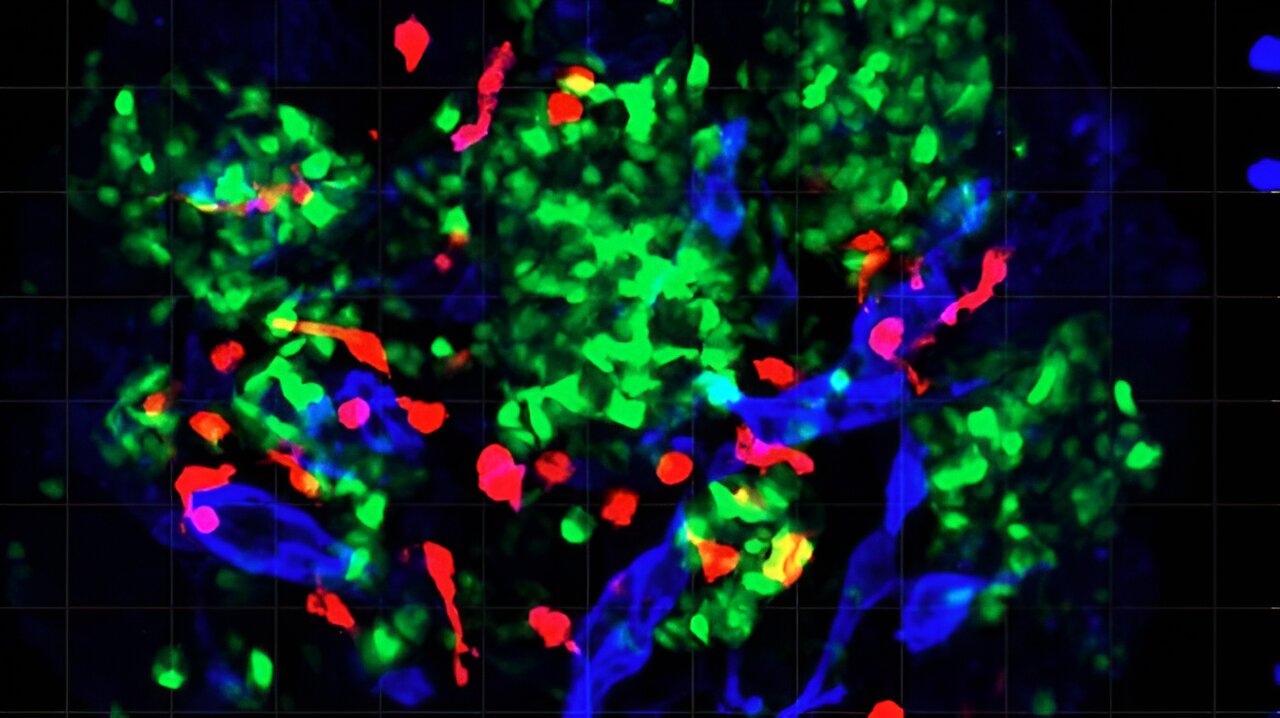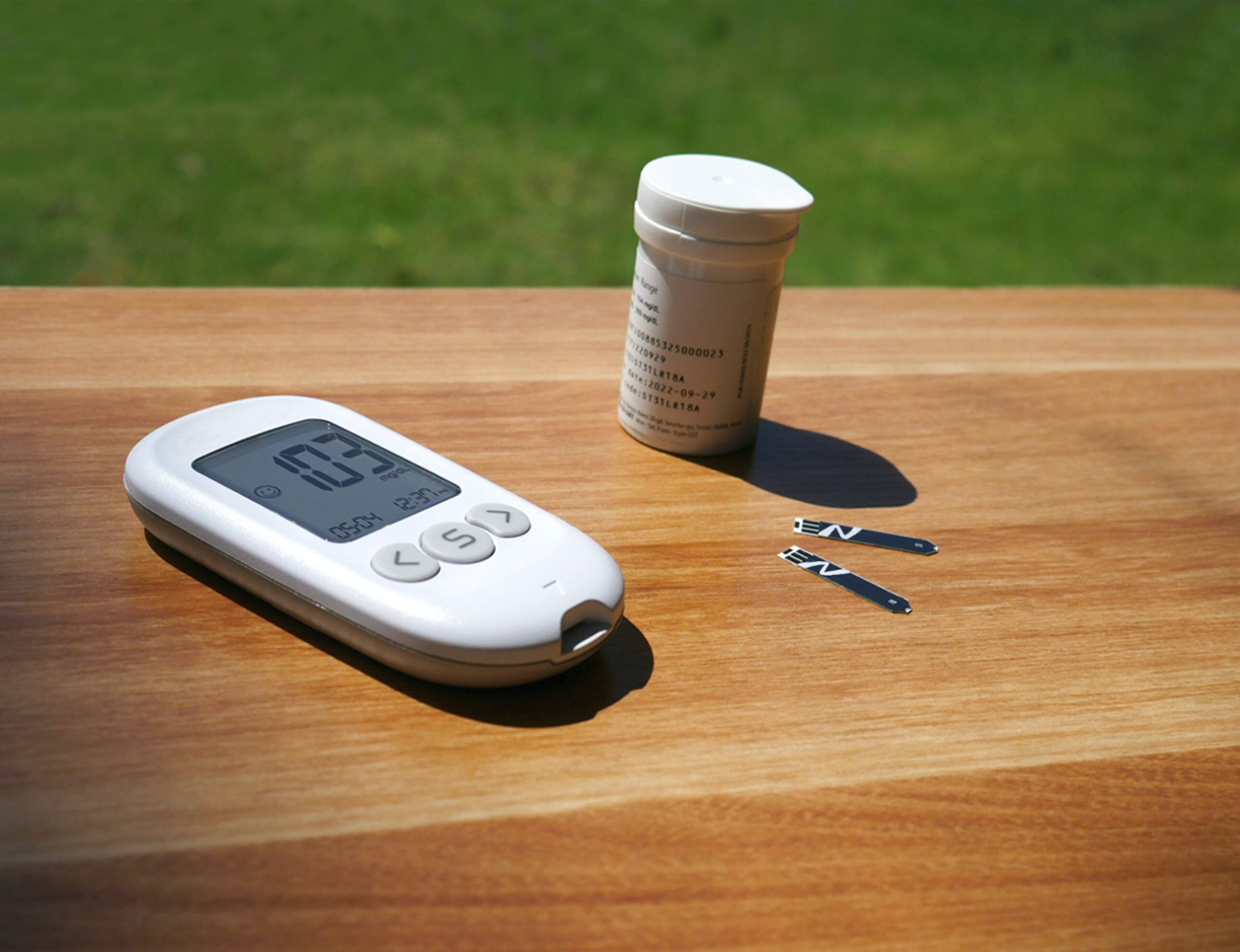
Inhibiting the hormone somatostatin may be a new treatment strategy to prevent dangerous blood glucose drops in type 1 diabetes. This has been shown by a study conducted by the University of Gothenburg and other institutions. The proposed strategy is said to have the potential to save lives.
In healthy individuals, a drop in blood glucose leads to the release of glucagon, a hormone that helps the liver produce glucose, which normalizes blood glucose levels. Glucagon has the opposite effect in the body to insulin, which lowers blood glucose. Both hormones are produced in the pancreas.
People with type 1 diabetes have a lack of insulin but also glucagon. When glucagon is not released during a drop in blood glucose, it leads to dangerously low blood sugar levels, a condition that causes around 10% of all deaths in type 1 diabetes.
Restored ability to fend off drops in blood sugar
The current study, which is published in the journal Nature Metabolism, presents a new potential treatment strategy against dangerous blood sugar drops in type 1 diabetes. One of the leading researchers is Patrik Rorsman, Professor of Cellular Endocrinology at the Sahlgrenska Academy at the University of Gothenburg and also active at the University of Oxford.
The researchers examined groups of hormone-producing cells from the pancreas of both humans and mice. They were able to show that in type 1 diabetes, these islets are unable to release glucagon when blood sugar is low. This is because the hormone somatostatin is released in greater amounts in type 1 diabetes and inhibits the release of glucagon.
Meanwhile, experiments showed that blocking somatostatin in mice with type 1 diabetes could restore the ability of the pancreas to release glucagon in the event of low blood sugar, thus preventing dangerously low blood sugar levels. The blocking was done pharmacologically.
Mapping of previously unknown signaling
Using genetically modified mice in which beta cells were activated by light, known as optogenetics, the interaction between different cell types in the pancreatic islets was also mapped: alpha cells that release glucagon, beta cells that release insulin and delta cells that release somatostatin.
The results provide an underlying explanation for how the reduced proportion of functioning beta cells in type 1 diabetes can be linked to the increased risk of blood sugar drops, something that has so far been unclear.
Anna Benrick is Associate Professor of Physiology at the Sahlgrenska Academy at the University of Gothenburg and one of the co-authors.
“The new findings highlight an important and previously unknown role of electrical signaling that occurs through open cell connections between beta cells and delta cells,” she says. “If the electrical connections are lost, then the release of glucagon is reduced and the risk of a drop in blood pressure increases.
“The fact that this can be restored pharmacologically by blocking somatostatin opens up the possibility of preventing dangerous blood sugar drops in type 1 diabetes.”
More information:
Thomas G. Hill et al, Loss of electrical β-cell to δ-cell coupling underlies impaired hypoglycaemia-induced glucagon secretion in type-1 diabetes, Nature Metabolism (2024). DOI: 10.1038/s42255-024-01139-z
Citation:
Inhibiting somatostatin may prevent dangerous blood glucose drops in type 1 diabetes (2024, September 30)
retrieved 5 October 2024
from https://medicalxpress.com/news/2024-09-inhibiting-somatostatin-dangerous-blood-glucose.html
This document is subject to copyright. Apart from any fair dealing for the purpose of private study or research, no
part may be reproduced without the written permission. The content is provided for information purposes only.



